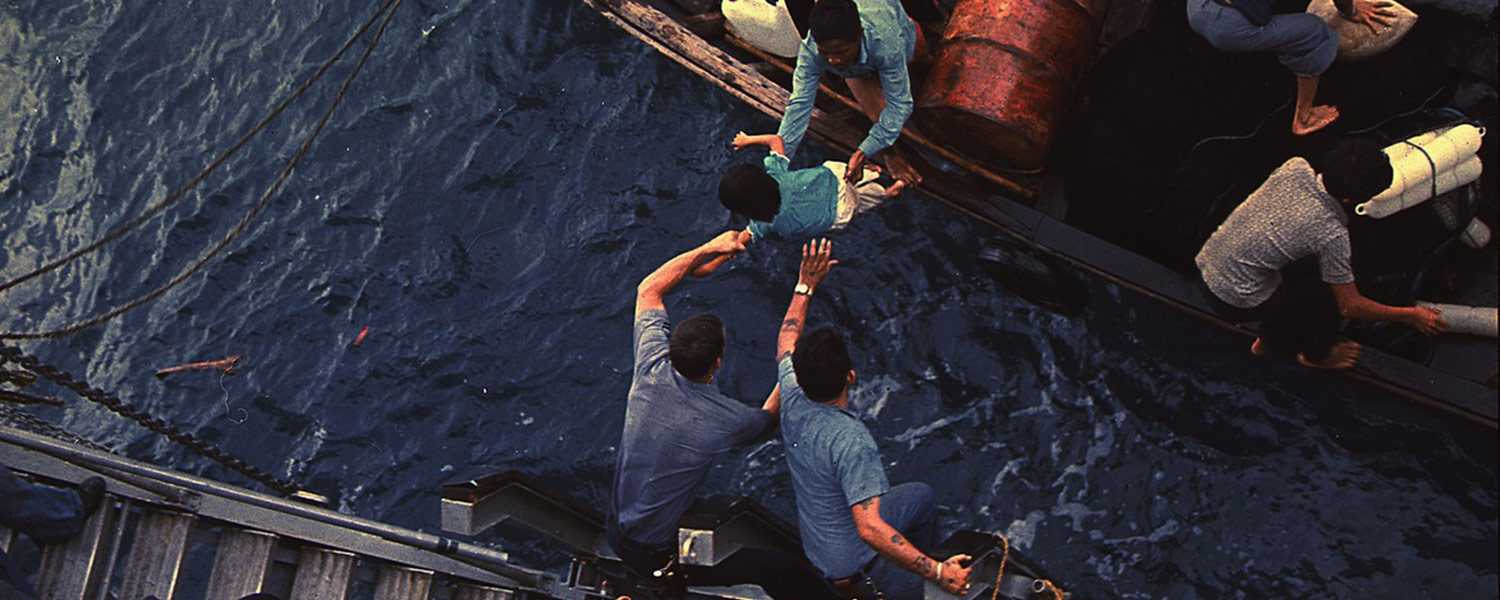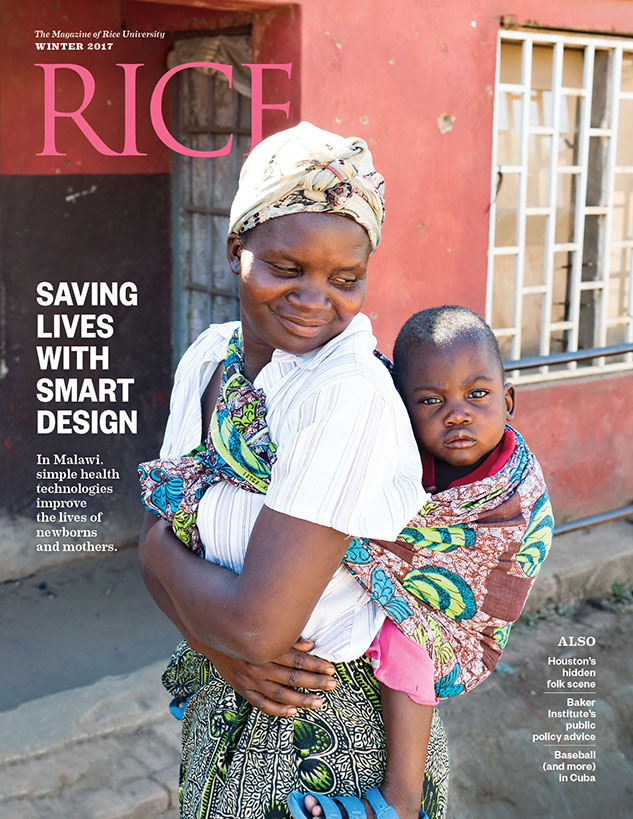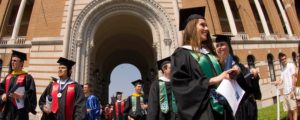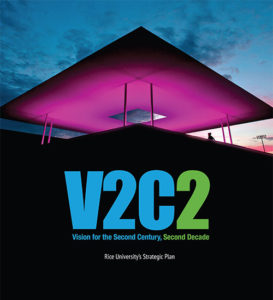We spotlight three more refugee narratives housed at the Chao Center for Asian Studies
NGUYA GIA TUONG
On April 29, 1975, Nguya heard a coded message on the American Radio Service station: “The temperature in Saigon is 105 degrees and rising.” His American friends had told him to listen for the message, which meant, “Drop everything and get the hell out,” as he recalled in his oral history.
Nguya, then 39 years old, had befriended high-ranking American officers while teaching hand-to-hand combat to the U.S. Marines in Saigon. Now he was able to leverage those connections into an invaluable payoff: safe passage for his entire extended family, a total of 33 people, on a massive Marine helicopter, the CH-53 Sea Stallion.
The helicopter was too heavy to land on the roof of the U.S. Embassy, so the pilot hovered about 5 feet above it and lowered a ramp. Nguya climbed it, gripping his 66-year-old mother’s hand with his right hand and his 5-year-old son’s with his left. His 3-year-old son was tied to his back; his 1-year-old daughter was tied to his wife’s back. Once in the air, Nguya could see the chaos that gripped the city. “Saigon was burning. Burning everywhere,” he said. “All of a sudden we took fire from the ground. It was friendly fire. ‘Why are you leaving us down here? If I don’t go, you don’t go.’ That was how people felt.”
CHUONG KHUAT
After Saigon fell, Chuong’s father was imprisoned, leaving her mother to provide for six children on her own. As the years passed without him, the family grew increasingly poor, hungry and desperate. So in 1980, when Chuong was barely 17, she set out on a perilous journey through Khmer Rouge-controlled Cambodia in the hope of reaching a Thai refugee camp where she could apply for asylum in the U.S. The fate of her entire family was at stake, since she would sponsor them as refugees once she made it to America.
“I had to get out so they could have a future,” she explained.
She joined a dozen other people making the journey to Thailand — on foot, through the jungle —
but she was soon separated from the group. Only a few of them ever made it to freedom. Some were killed by land mines, some by animals and some by the Khmer Rouge. Chuong herself was captured three times by the communist cadre. The first two times, she slipped away from her captors while they slept. The third time, she was taken to a camp for Cambodian dissidents where escape seemed impossible.
“A couple of Vietnamese people who’d been arrested were already there. One of them came over and said, ‘Whatever happens, try to deal with it. Accept it. This is a journey that you have to take. This is a time to survive; it’s not a time to fight, it’s not a time to resist.’ I did what I had to do to survive.” A week after her capture, Red Cross workers came upon the camp, and one of the Vietnamese prisoners convinced them to take Chuong with them. They paid for her release with rice.
NATHALIE ROFF
In 1978, when Roff was 12, her family gave up their home and business in Saigon and boarded a wooden boat for Malaysia. But the boat broke apart in a storm, and of nearly 400 passengers, only 52 survived. Roff was one; she bobbed on a piece of the wreckage for 12 hours before being rescued by fishermen. Her parents, two sisters, grandparents and much of her extended family died.
The water was so cold that many of the people who initially survived the wreck ultimately succumbed to hypothermia. A boy Roff’s age floated on a plank next to her for hours, but eventually went limp and began to slide into the sea. She pulled him up and kept him afloat. He survived.
When Roff made it to a Malaysian refugee camp, she saw people dying needlessly, of dysentery and treatable infections, but was powerless to help. The horrors she witnessed motivated her to pursue a medical career; today, she’s a doctor specializing in wound care. During her training, she worked at a VA clinic where many of the veterans she treated had served in the Vietnam War.
“Every [Vietnam] vet I meet, I thank them for trying to protect me and my family,” she said. “I’ve had more than one vet say, ‘No one’s ever thanked me before.’ It feels very symbolic for me to care for them after they risked their lives to protect me.”
NOTE: Nguya and Chuong’s oral histories were recorded by the VAHF and donated to Rice. Roff’s story was recorded by HAAA interns.
FOR THE REST OF THESE STORIES, including oral history recordings and transcriptions, visit the Houston Asian American Archive at the Chao Center for Asian Studies: ricemagazine.info/323






